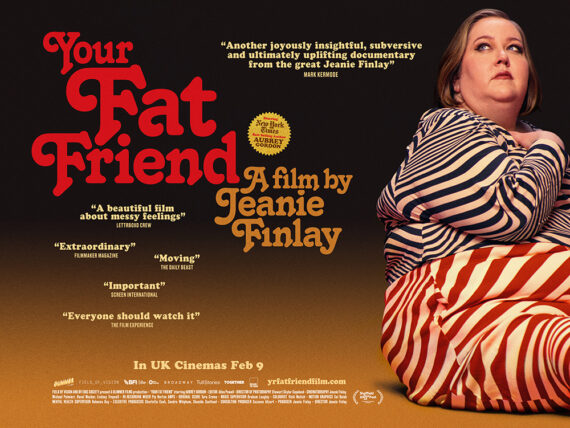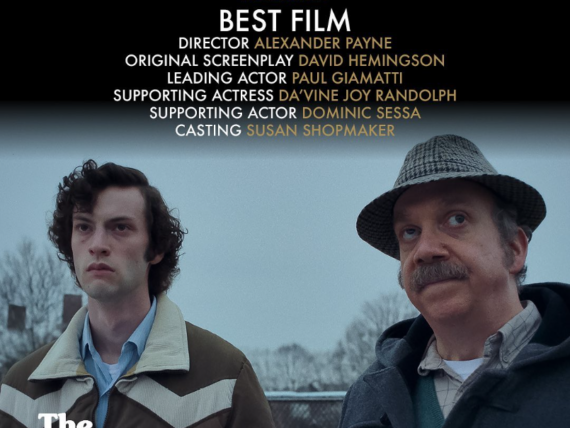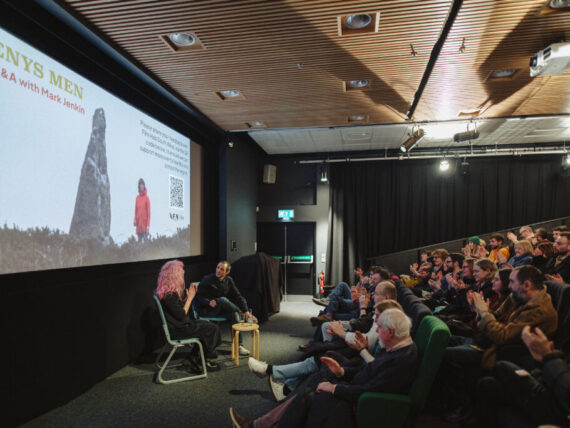Spectre is showing in Plymouth Arts Centre cinema from 27 Nov – 3 Dec.
Bond has survived all attempts on his life by the world’s most determined assassins; he’s walked away from car, aircraft, spacecraft, shipwrecks and dodged innumerable bombs and bullets. He’s virtually indestructible.
Appropriately, Spectre opens with a long-take of Bond walking through the Day of the Dead procession in Mexico City. What appears to be an assignation in an hotel room soon turns into a mission to stop a group from planting a bomb, which quickly turns into a protracted chase and fight inside a helicopter over the crowds watching the procession.
The storyline using the characters gathered from Skyfall – M (Ralph Fiennes), Q (Ben Whishaw), Bill Tanner (Rory Kinnear) and Moneypenny (Naomie Harris) – harks back to previous Bond movies and reveals secrets about Bond’s past. Once more he is sacked from being a government agent and goes freelance to tackle the threat posed by the mafia-like SPECTRE (Special Executive for Counter-Intelligence, Terrorism, Revenge and Extortion) run by Ernst Stavro Blofeld (Christoph Waltz).
When Bond infiltrates a SPECTRE meeting in Rome, he makes his first encounter with Mr Hinx (Dave Bautista) a brutal assassin who uses his fingertips to gouge out the eyes of his victims. He’s a far nastier version of the steel-toothed ‘Jaws’ (Richard Kiel) who battled with Roger Moore’s Bond in The Spy Who Loved Me (1977) and Moonraker (1979). Like Jaws, Mr Hinx is very persistent and after Bond eludes him in Rome, he has two further battles with him in Austria and on a train journey in Morocco.
Despite Mr Hinx’s best efforts – in these spectacular car and fight sequences – Bond and Dr Madeleine Swann (Lea Seydoux) the daughter of a former member of Quantum (a branch of Spectre) find the lair of Blofeld. It is here that Blofeld reveals himself to have been the mastermind behind the death of all the women Bond has met, and that he changed his name from Franz Oberhausen after faking his death 20 years earlier.
As a Bond villain, Blofeld is relatively restrained. Certainly, his torture techniques are pretty nasty – he employs a remote-control drill on Bond’s head to create maximum pain – yet his secret lair in a report desert location is quite easy to destroy. And, of course, he seeks global domination, through launching a computer program ‘Nine Eyes’ that will have total surveillance of the world’s data. Even worse Blofeld is in league with C (Andrew Scott) the head of the British, Joint Intelligence Service.
For those worried about the gratuitous destruction of Bond’s beloved Aston Marton DB5 in Skyfall they will be gratified to know that in Spectre it is being restored to its former glory. In the meantime, Bond gets to drive a sleek new Aston Martin DB10 whilst Mr Hinx drives a Jaguar C-X75. This film again underlines the fact that Bond should never be let within a mile of any type of vehicle, let alone an Aston Martin! He uses and abuses them until they are a pile of scrap metal.
Life for the so-called ‘Bond Girls’ can be equally rough. As Jane Gordon noted in a 1989 edition of Elle:
‘Women [in Bond movies] were either helpless nubile victims to be rescued and rumped or they were hatchet-faced lesbians who hated and hunted men.’
The chauvinism and misogyny of Ian Fleming’s original novels has been steadily toned down in the films, and with the arrival of Timothy Dalton as Bond in the late 1980s, there was an attempt to introduce the ‘Bond Woman’. She is capable, tough and equal to Bond, not a mere plaything to be seduced and disposed of.
At the age of 51, Monica Bellucci who plays the part of Lucia Sciarra, has been heavily promoted as the oldest Bond woman/girl, to help appease accusations of sexism. Yet, like much younger Bond Girls, she is quickly bedded and dispatched by Daniel Craig’s 47-year-old Bond. Spectre also introduces the more feisty and much younger 30-year-old Madeleine Swann (Lea Seydoux) who gets involved in a protracted fight scene with Mr Hinx, but in the end she has to be rescued by Bond. It looks as if the two will see more of each other, and with Blofeld out of the way she might just be able to avoid a grisly death (we’ll have to see what they do with her in the next Bond movie).
The issue of the Bond girl underlines that over-time political, cultural and social changes can erode or destroy Bond and the ethos of this long-running film franchise. Back in 1992, when 30 years of Bond movies was being celebrated, a number of critics took turns to cast him into oblivion. David Pascoe in The Modern Review noted:
‘Though Bond elaborates myths of nationhood, he can only do so through racism. He dislikes men from Russia and the Balkans, is horrified by blacks and Chinese, finds the French ridiculous and the Italians are “good for nothing but wearing monogrammed shirts and spending the day smoking”. He cannot help reminding the Germans about the war, and he never trusts the Irish. He is particularly patronising about Americans.’
Adrian Turner in The Guardian pitched in with:
‘He is to secret agenting as Alan Whicker is to TV journalism, a sort of blue-blazered round-the-world anachronism, the ultimate hob-nobber.’
Decades later, Scott Mendelson continues with such attitudes in his review of Spectre on the Forbes website:
‘Poorly mixing nostalgia and newfangled “it’s all connected!” franchise world-building, the stitched-together Spectre will bore the living daylights out of you while threatening to render James Bond a culturally irrelevant relic of the past.’
Yes Scott, just like Blofeld and the army of other Bond villains, the critics are eager to torture and kill him off, but Bond is about action, glamour, excitement and empowerment in a world that makes us feel increasingly disenfranchised. All-in-all Spectre is a perfect follow-up to Skyfall. As for the critics, they can live and let die.
By Nigel Watson








Comments
No comment yet.